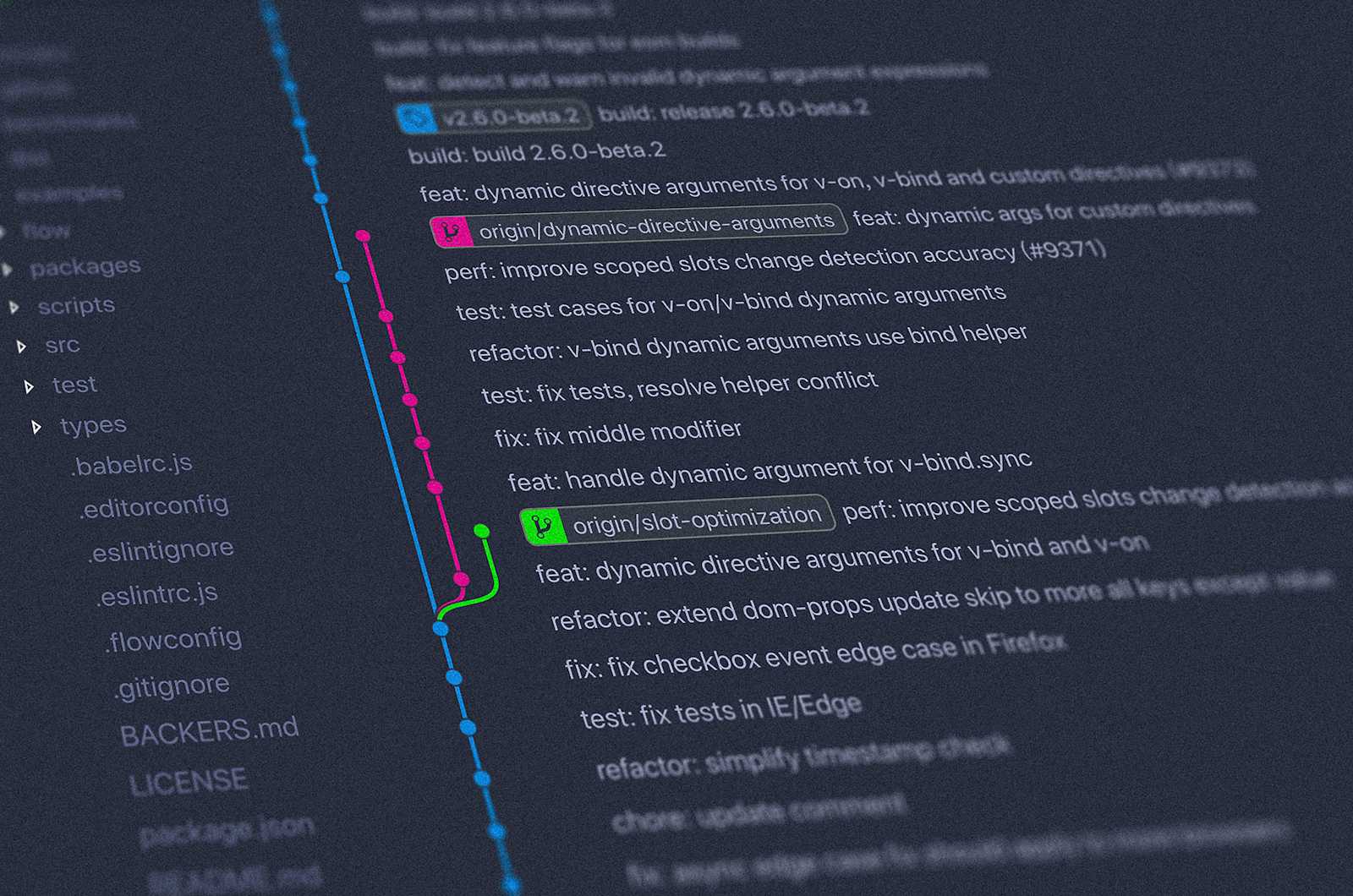What is a Version Control System?
 Abogo Lincoln
Abogo Lincoln
Understanding Version Control Systems: The Backbone of Modern Software Development
In the realm of software development, managing changes and ensuring the integrity of code is paramount. This is where Version Control Systems (VCS), also known as source control, come into play. A VCS is a tool that helps developers manage changes to source code over time, allowing for efficient collaboration, tracking of modifications, and safeguarding against data loss.
What is a Version Control System?
A Version Control System is a software tool designed to help teams manage changes to code and track different versions of a project. It allows multiple developers to work on the same project simultaneously without overwriting each other's work. When a change is made, the VCS records what was changed, who changed it, and why it was changed. This history is invaluable for understanding the evolution of a project and for troubleshooting when things go wrong.
Types of Version Control Systems
There are primarily two types of version control systems:
Centralized Version Control Systems (CVCS):
In a CVCS, there is a single central repository where all the versions of the project are stored. Developers check out files from this central repository, make changes, and then check them back in.
Examples include Subversion (SVN) and Perforce.
Pros: Simple to understand, easier to manage access control, and all history is in one place.
Cons: Single point of failure (if the central server goes down, nobody can work), limited offline capabilities.
Distributed Version Control Systems (DVCS):
In a DVCS, each developer has a complete copy of the repository, including the entire history of the project. Changes are made locally and then pushed to other repositories as needed.
Examples include Git, Mercurial, and Bazaar.
Pros: Better support for offline work, faster operations, and redundancy (since every developer has a full copy of the repository).
Cons: More complex to manage, especially for beginners, and larger storage requirements on each developer's machine.
Key Features of Version Control Systems
Commit History:
- Every change made to the code is recorded as a "commit" with a unique identifier. This history allows developers to see what changes were made, when, and by whom.
Branching and Merging:
Branching allows developers to create separate lines of development for new features or experiments without affecting the main codebase. Merging combines changes from different branches back into the main codebase.
This feature is crucial for parallel development and managing large projects with multiple contributors.
Conflict Resolution:
- When multiple developers work on the same files, conflicts can arise. A VCS helps identify and resolve these conflicts, ensuring that changes are integrated smoothly.
Revert and Rollback:
- If a change introduces a bug or breaks the build, a VCS allows developers to revert to a previous state of the code quickly.
Collaboration:
- Version control systems facilitate teamwork by allowing multiple developers to work on different parts of a project simultaneously and integrate their changes seamlessly.
Popular Version Control Systems
Git:
Git is the most widely used DVCS, known for its speed, flexibility, and robustness. It is the backbone of many popular platforms like GitHub, GitLab, and Bitbucket.
Git's distributed nature allows for extensive branching and merging capabilities, making it ideal for open-source projects and large development teams.
Subversion (SVN):
- SVN is a popular CVCS that is easy to understand and use, particularly for smaller teams or projects where simplicity is preferred.
Mercurial:
- Mercurial is another DVCS that emphasizes performance and scalability, offering a simpler and more user-friendly alternative to Git.
Benefits of Using a Version Control System
Improved Collaboration:
- A VCS enables multiple developers to work on the same project without stepping on each other's toes, fostering better teamwork and communication.
Enhanced Code Quality:
- With features like code review, branching, and automated testing, a VCS helps maintain high code quality and reduces the likelihood of bugs and errors.
Project History and Accountability:
- The commit history provides a comprehensive record of all changes, making it easier to track progress, identify issues, and hold developers accountable.
Disaster Recovery:
- In the event of hardware failure or other catastrophes, the repository can be restored from any developer's local copy (in a DVCS) or from backups (in a CVCS).
Ease of Experimentation:
- Developers can create branches to test new features or fixes without risking the stability of the main codebase. If the experiment fails, it can be discarded without affecting the project.
Conclusion
Version Control Systems are indispensable tools in modern software development, providing a robust framework for managing changes, facilitating collaboration, and ensuring the integrity of code. Whether using a centralized system like SVN or a distributed system like Git, adopting a VCS is a critical step toward efficient, scalable, and reliable software development. As projects grow in complexity and team sizes increase, the importance of a well-implemented VCS cannot be overstated. Embracing these tools and best practices can significantly enhance productivity and code quality, paving the way for successful software projects.
Subscribe to my newsletter
Read articles from Abogo Lincoln directly inside your inbox. Subscribe to the newsletter, and don't miss out.
Written by

Abogo Lincoln
Abogo Lincoln
I am a software engineer, passionate about technology, algorithms and solving complex problems.